An elusive new elementary particle called the sterile neutrino may have just been spotted by physicists.
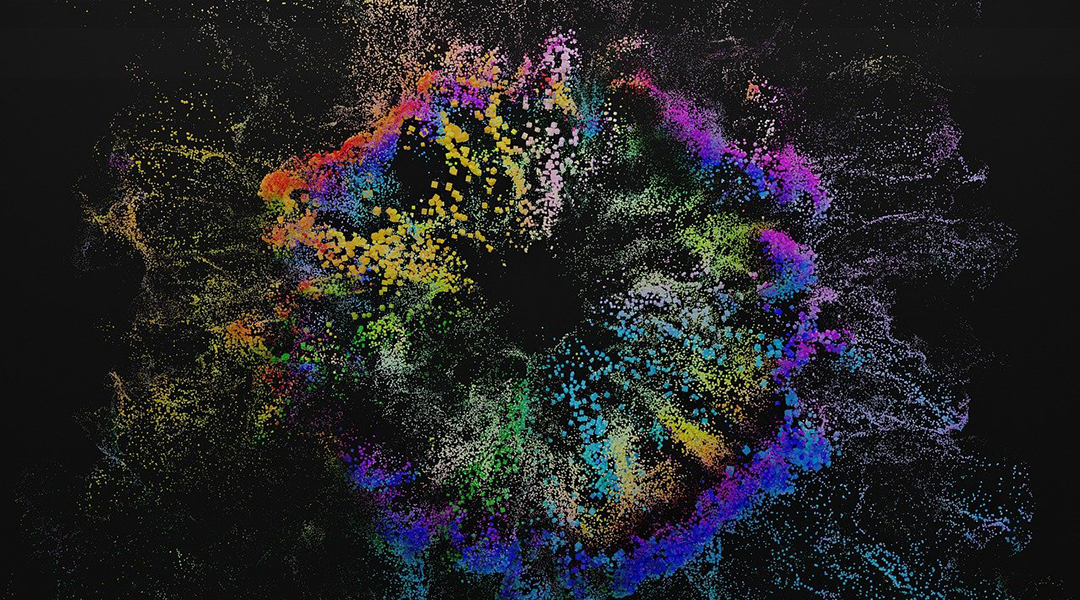

An elusive new elementary particle called the sterile neutrino may have just been spotted by physicists.
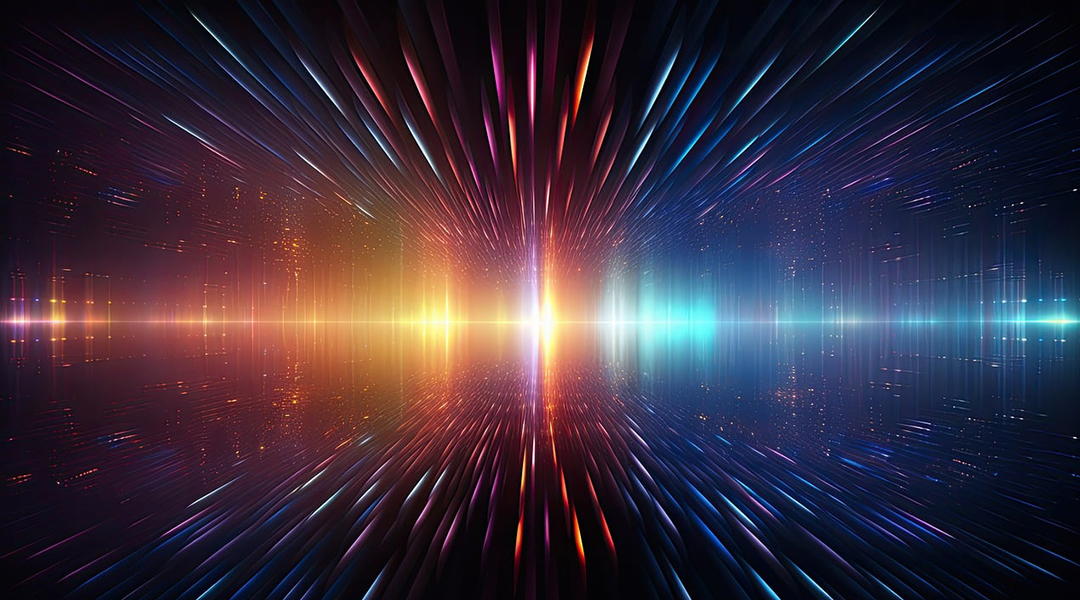
A team of international scientists has unveiled a solution to the age-old challenge of generating high-energy radiation.
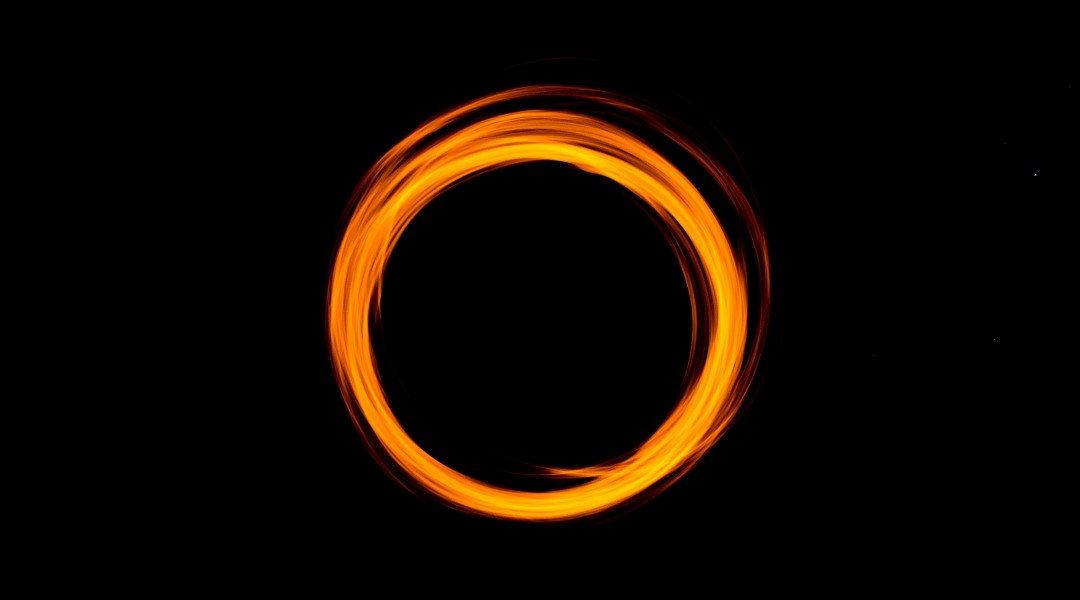
Is it time to start looking for alternatives to WIMPs?
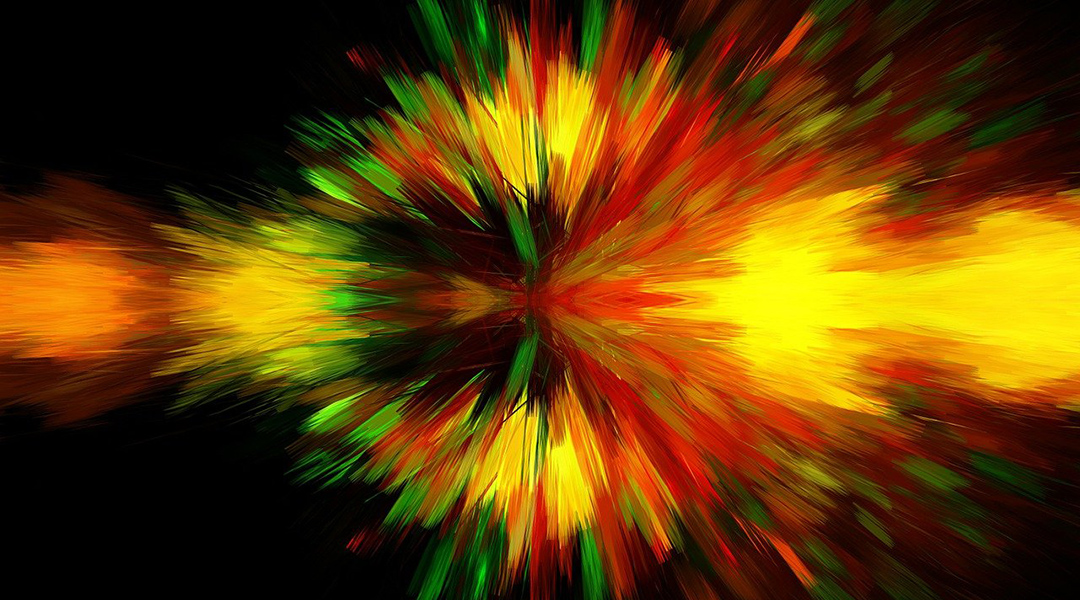
A new experimental technique could push the capabilities of particle accelerators in exploring the subatomic world.
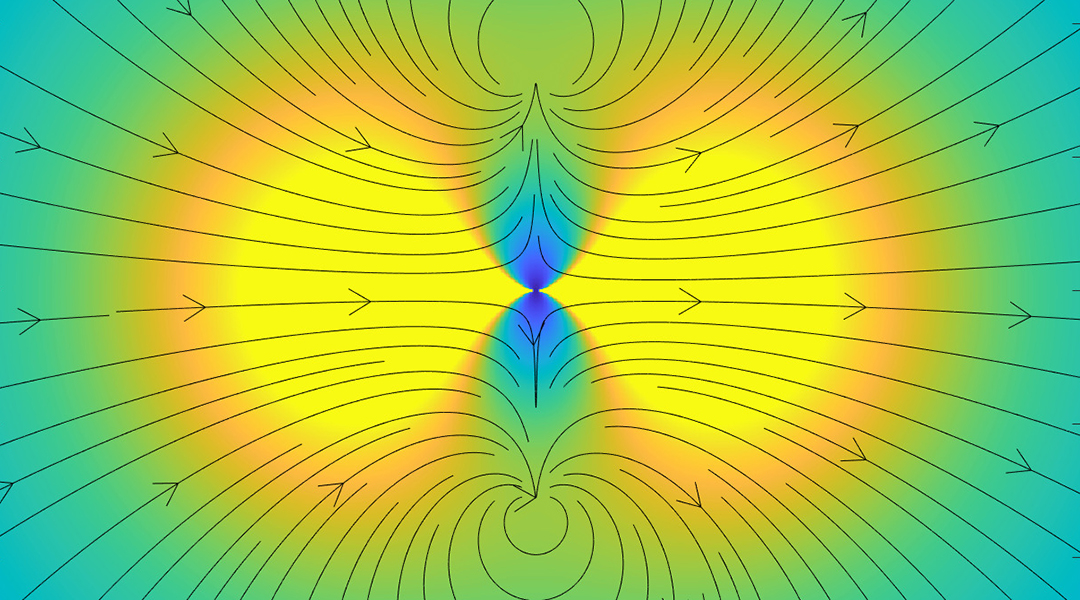
A new thought experiment explores the interface between quantum mechanics and general relativity using the transfer of information.
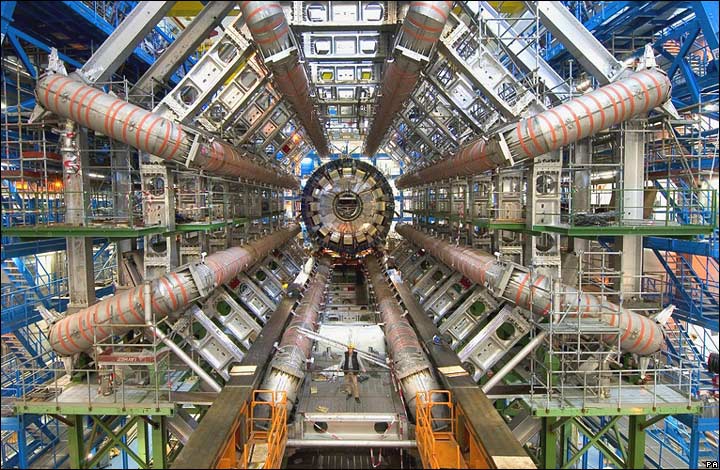
How did the results at CERN get so badly misrepresented?
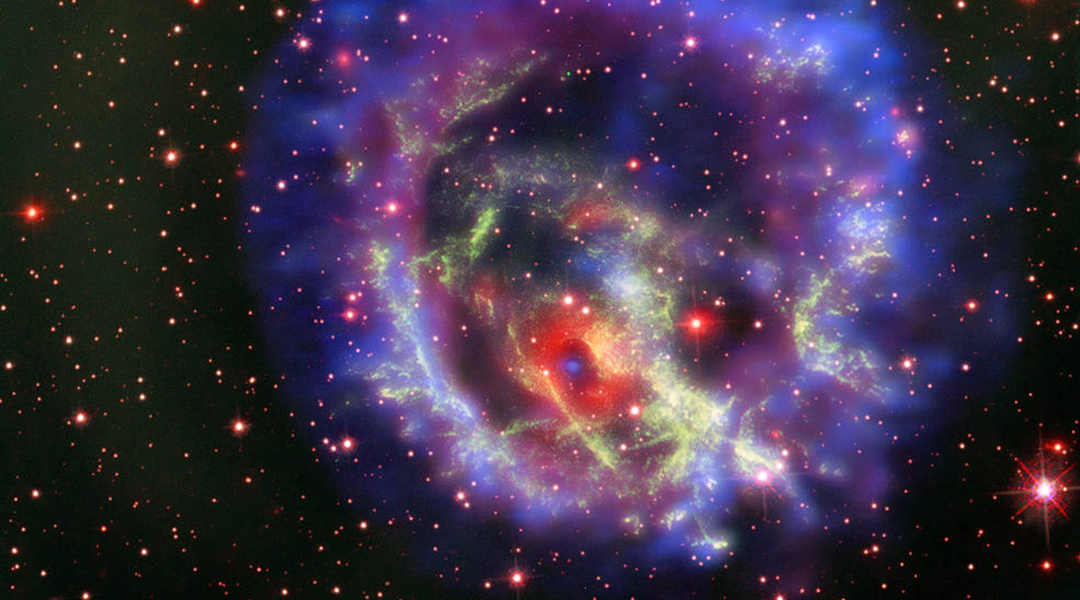
Comparing algorithms used to model spinning neutron stars, scientists hope to better understand the physics of the elementary particles that make them up.
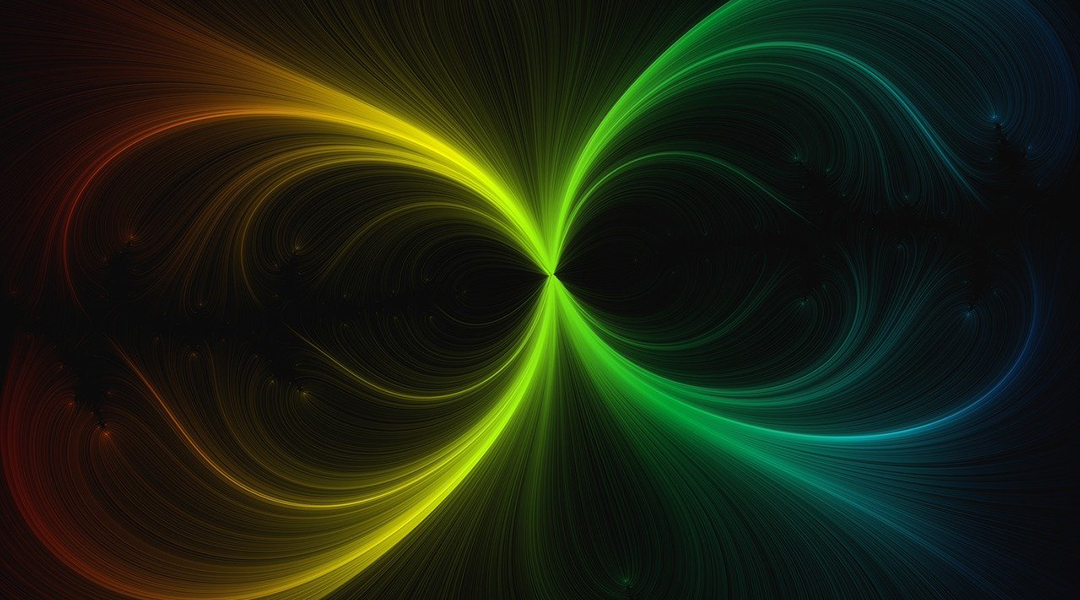
Fermilab releases its final results, testing the Standard Model of particle physics.

Scientists assume that inflation was driven by hypothetical inflaton particles, which scientists think could be the Higgs boson.
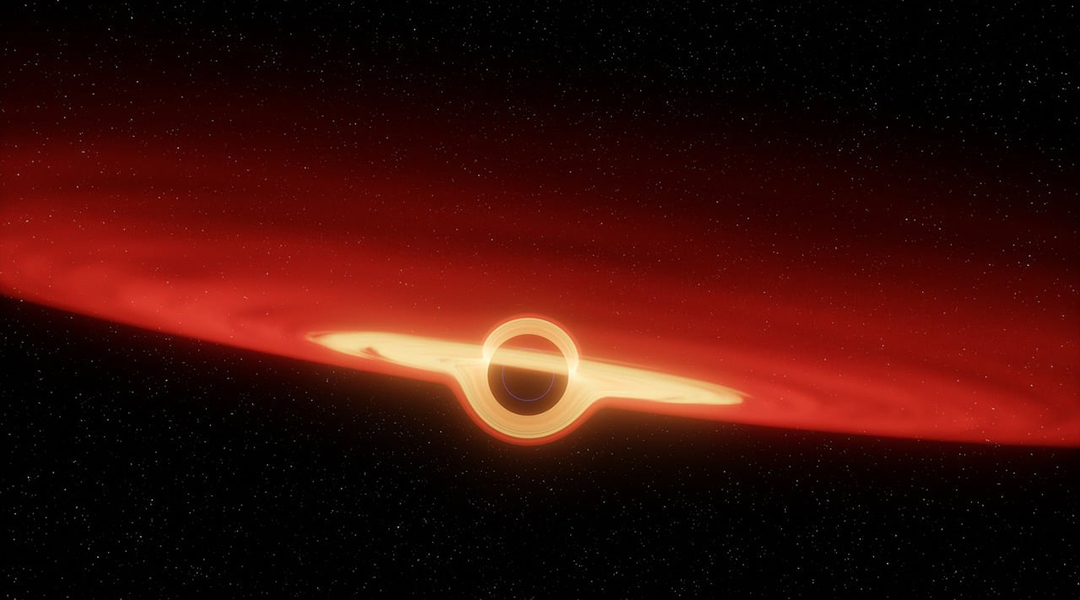
Small primordial black holes could have consumed the interiors of planets or asteroids, leaving their outer shells intact.